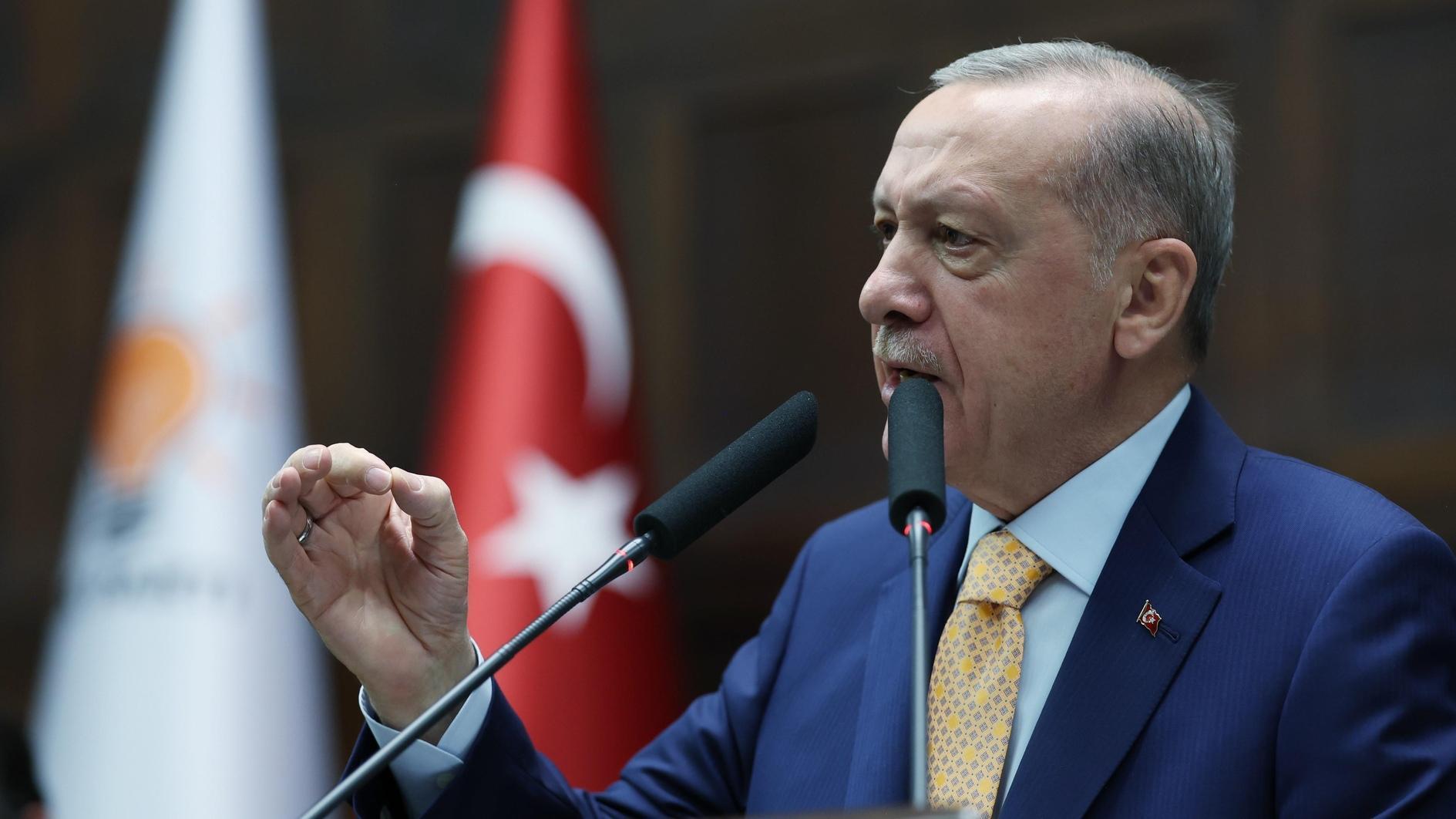Stocks, currencies fall after Fed’s Yellen signals rate hikes
LONDON - Reuters

AP photo
Emerging market stocks fell on Jan. 19 and currencies struggled to make much headway after U.S. Federal Reserve chair Janet Yellen said interest rates should rise steadily, boosting the dollar.In a Jan. 18 speech Yellen said it made sense to raise rates given that the U.S. economy was close to full employment.
She added that she expected the key benchmark short-term rate to rise “a few times a year” through to 2019, putting it near the long-term sustainable rate of 3 percent.
The dollar, which had been grinding lower in recent sessions, firmed 0.2 percent against a basket of currencies and U.S. Treasury yields rose, dampening investor appetite for emerging market assets.
“Essentially the big part is how much they will actually hike this year - instead of two (rate rises) it could be three now,” said Simon Quijano-Evans, emerging markets strategist at Legal & General Investment Management.
“It does indicate that U.S. dollar strength seems to be staying in place, whether that is being driven by the reflation story in the U.S. or resulting from a more hawkish Fed, does not really matter.”
With emerging market borrowers set to face higher costs, the average yield spread over U.S. Treasuries on the JP Morgan EMBI Global Diversified rose 1 basis point to 322 basis points.
The benchmark emerging equities index fell 0.3 percent, with the big Asian manufacturing markets suffering some of the biggest falls. Chinese mainland stocks fell 0.4 percent, Hong Kong shares fell 0.2 percent and Taiwan stocks fell 0.26 percent.
Investors are wary of the big Asian exporters ahead of Donald Trump’s inauguration as U.S. president given his threats to impose punitive tariffs on imports.
“The message is very clear; it will be a big challenge for global trade,” said Quijano-Evans, highlighting China, Korea, Malaysia, Taiwan and Mexico as some of the countries he would be watching closely.
On Jan. 19 the Chinese government said any trade disputes could be resolved through talks, whilst a Chinese newspaper warned U.S. business could be targets for retaliation in any trade war.
But China’s yuan was amongst the weakest currency performers, softening 0.4 percent. Short-term funding costs also shot up to their highest in nearly 10 years on fears that liquidity was tightening sharply heading into the long Lunar New Year holidays at the end of the month.
Chinese authorities are widely believed to have been involved in a sharp spike in offshore yuan funding costs earlier this month to keep the currency from breaching the psychologically import 7 to the dollar level. But it is still at more than eight-year lows.
Mexico’s peso was trading flat after falling nearly 2 percent on Jan. 18 when Trump’s choice for commerce secretary said that renegotiating NAFTA would likely be the incoming administration’s first priority.
The Turkish Lira also steadied after weakening almost 1 percent against the dollar on Jan. 18, with the Central Bank opening a $300 million forex depot auction aimed at shoring up the currency.
















